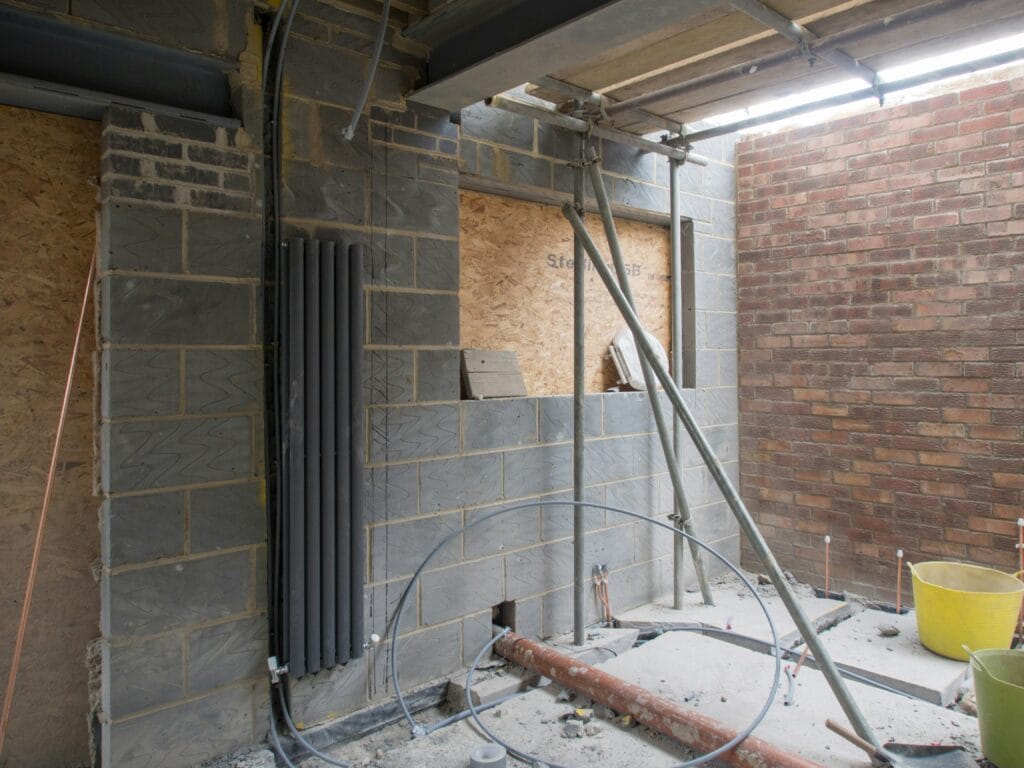Can you add an extension to a Grade II listed Building? Overview by Smith Group
Listed buildings stand as enduring monuments to history, their walls whispering tales of centuries past. Yet, while their charm and character are unparalleled, the internal layout of these venerable structures often falls short of modern living standards. As more and more homeowners seek to reconcile the allure of heritage with the demands of contemporary life, the question arises: can you add an extension to a Grade II listed building?
In this article we delve into the task of extending a Grade II listed building, looking at the potential limitations, recommendations, and what to expect of the process.
Is it Possible to Extend a Grade II Listed Building?
In short, yes. However, the process comes with a myriad of limitations and considerations. Listed buildings are deemed of special architectural or historic significance and are thus protected by UK law. Any alterations, including extensions, must be approved by the Local Planning Authority (LPA) through Listed Building Consent.
Failure to obtain Listed Building Consent before commencing works can result in severe legal consequences, including fines of up to £20,000 or imprisonment for up to six months.
Understanding the Limitations
The limitations surrounding the alteration of Grade II listed buildings are nuanced and vary on a case-by-case basis. From early medieval structures to neoclassical gems, each historic building and its setting present unique challenges and considerations.
For instance, a listed cottage nestled within a Conservation Area will face more stringent restrictions compared to a Georgian townhouse situated in an urban environment. Context, architectural significance, and impact on the building’s historic fabric all play pivotal roles in the decision-making process.
Navigating the Consent Process
Securing Listed Building Consent requires a thorough understanding of the regulatory framework and a meticulously prepared application. So, what factors influence the likelihood of obtaining consent?
What Helps Getting Listed Building Consent?
- Professional Guidance: Enlisting the expertise of a qualified heritage consultant or architect well-versed in conservation principles can greatly enhance the likelihood of a successful application.
- Detailed Documentation: Providing comprehensive documentation, including historical research, architectural drawings, and impact assessments, demonstrates a conscientious approach to preservation and can sway decision-makers in your favor.
Acceptable Justifications in the Application
In crafting your application, it’s crucial to articulate compelling justifications for the proposed extension. Acceptable justifications may include:
- Minimal Impact: Demonstrating that the extension will have minimal impact on the historic fabric of the building and its surroundings.
- Enhanced Functionality: Highlighting how the extension will enhance the functionality and usability of the listed building without compromising its architectural integrity.
The Application Process and Timeline
The process of obtaining Listed Building Consent can be intricate and time-consuming, typically involving several stages:
- Preparation: Conducting thorough research, developing design proposals, and assembling the necessary documentation.
- Submission: Submitting the application to the Local Planning Authority for review, along with any required fees.
- Assessment: The LPA will assess the application, considering factors such as heritage significance, impact, and compliance with planning policies.
- Consultation: Consultation with relevant stakeholders, including conservation officers and heritage bodies, may be required to address any concerns or objections.
- Decision: The LPA will ultimately make a decision on the application, either granting consent, granting consent subject to conditions, or refusing consent.
The duration of the process can vary depending on factors such as the complexity of the proposal and the efficiency of the local planning authority. On average, the process may take several months to a year or more from submission to a decision.


Unlocking the Potential
While extending Grade II listed buildings presents its challenges, it also offers a unique opportunity to breathe new life into historic treasures, enriching both their legacy and their functionality for generations to come. With careful planning, expert guidance, and a deep respect for heritage, homeowners can navigate the complexities of Listed Building Consent and unlock the full potential of their cherished properties.



